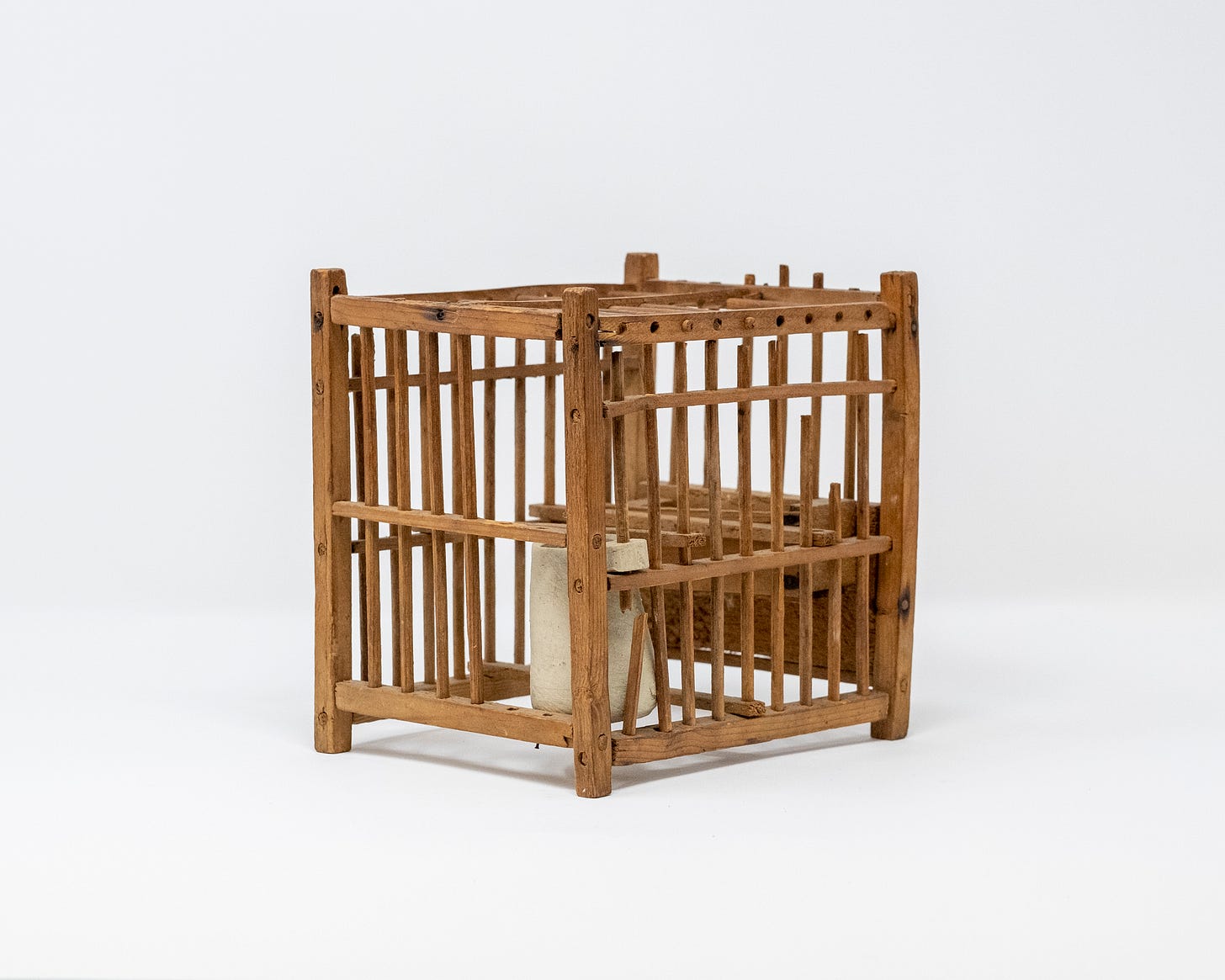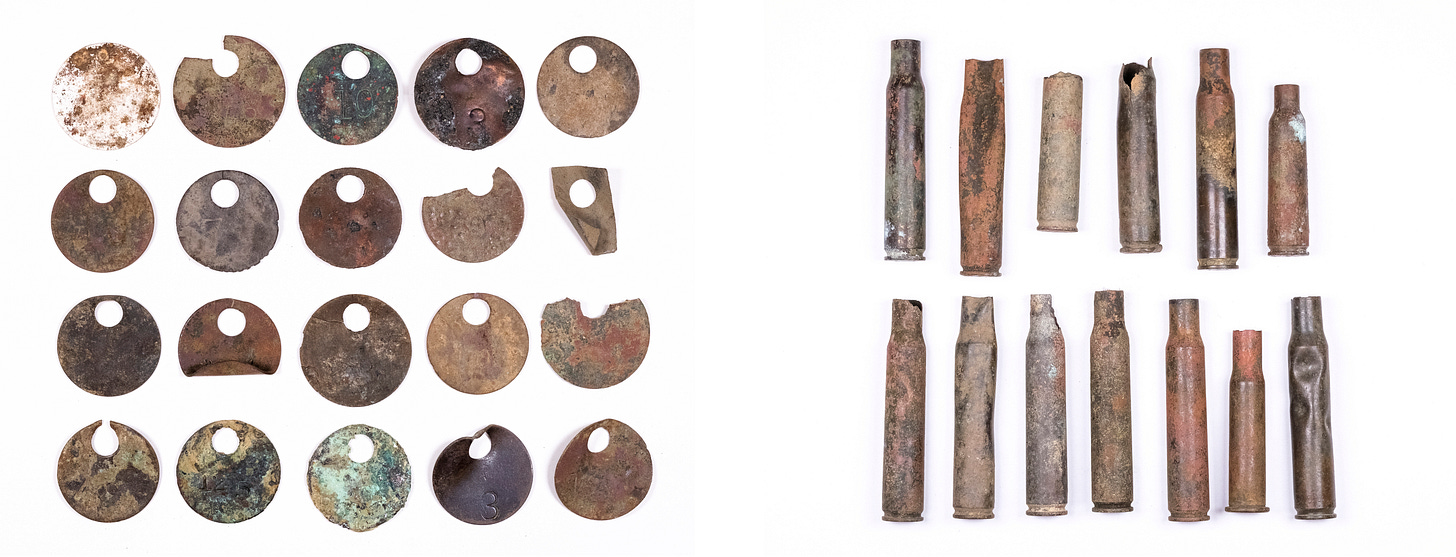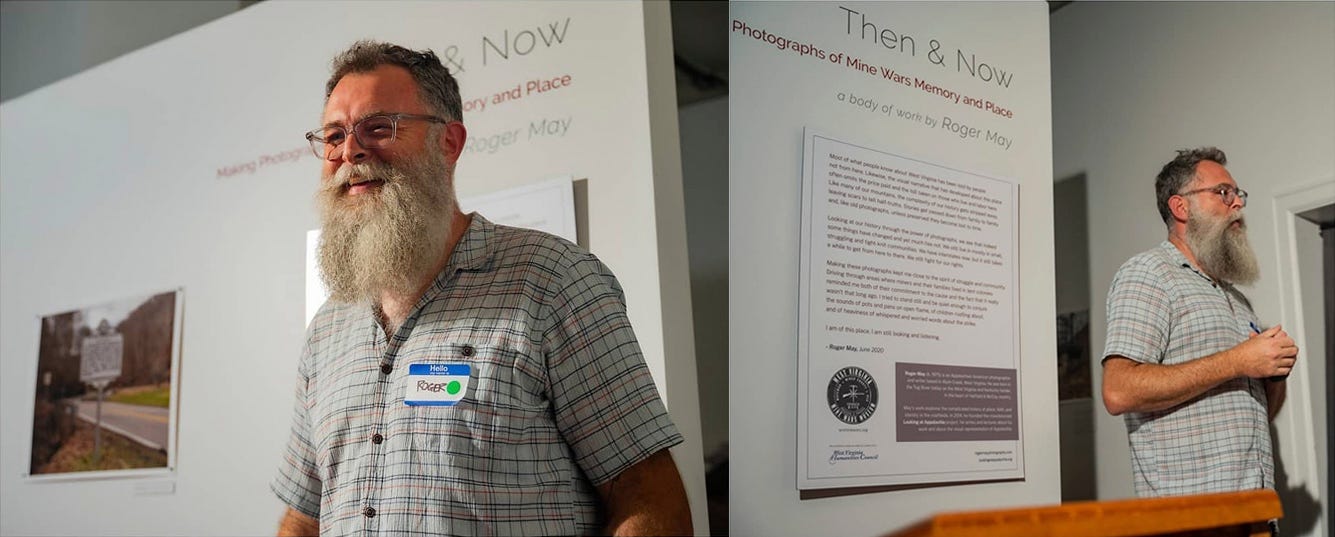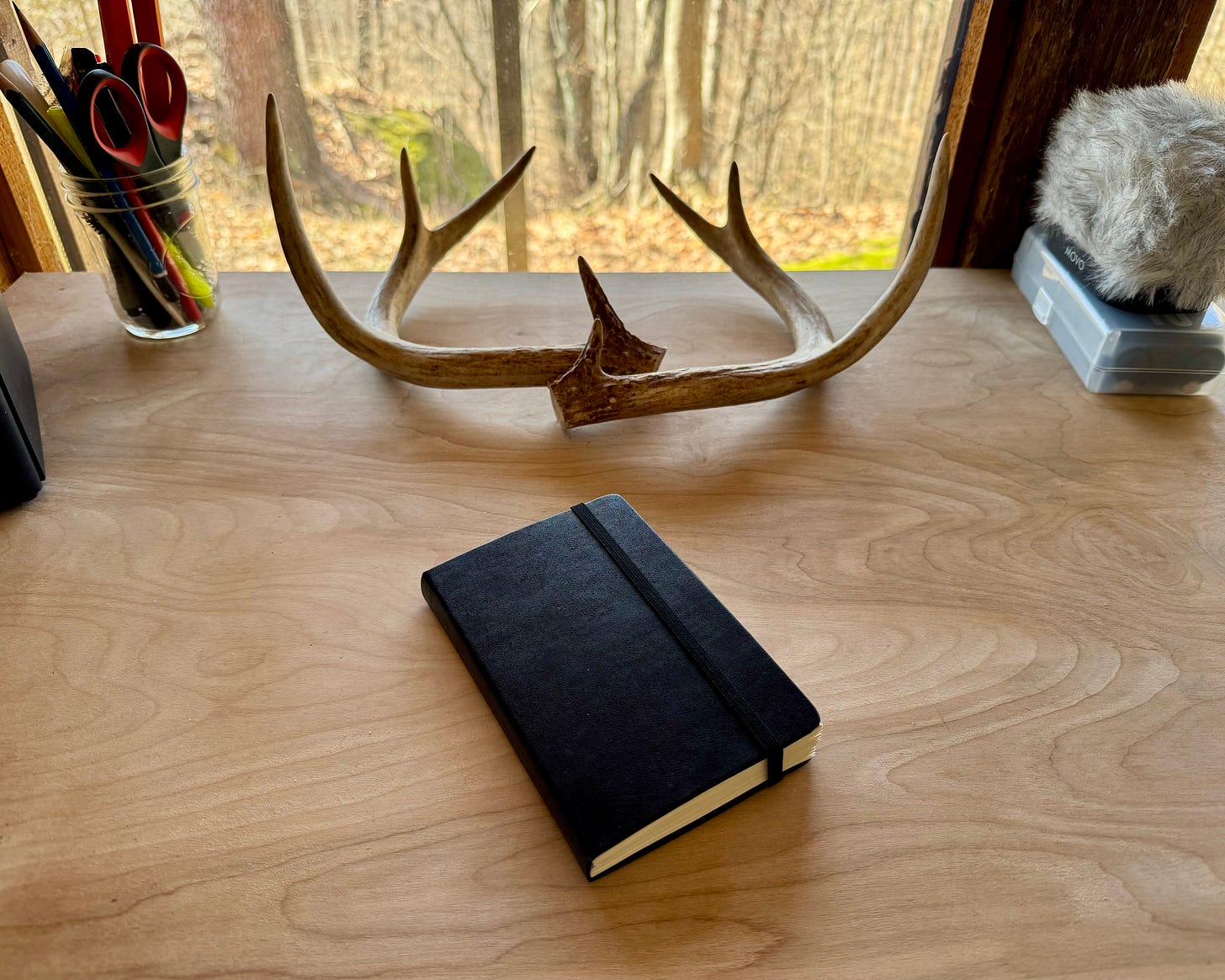There’s probably a 50/50 chance that you’ve never heard of the West Virginia Mine Wars. Hell, it may be less likely than that. The first time I heard about the Battle of Blair Mountain, I was almost 30. They didn’t teach it in school and no one ever talked about it.
When I set foot inside the West Virginia Mine Wars Museum in the historic town of Matewan in 2015, you could not have convinced me the organization would be surviving - much less thriving - a decade later. As it prepares to celebrate its 10-year anniversary, I wanted to share some of the projects I’ve collaborated with them on over the years and encourage you to learn more about them and their work.
Last summer, the museum set out on an ambitious plan to visit six southern West Virginia communities in an attempt to preserve and share the rich tapestry of the coalfields. Community members were encouraged to bring artifacts ranging from quilts passed down through generations, photos capturing moments in time, dinner buckets (pictured above in Kimball), and any other items they wanted documented.
In 2020, I worked closely with the museum to digitally catalogue the museum’s entire collection (including the above canary cage of “canary in a coal mine” lore): photographing everything in the museum’s care and recording all of the details, the research, and the stories which will continue to expand on the people’s history they aim to preserve and share. You can explore the museum’s online exhibits here.
Above: check tags from southern West Virginia coal mines and shell casings from the Battle of Blair Mountain. Below: a dinner bucket and a variety of pocket knives recovered from the coalfields.
Later in 2020, I had the opportunity to exhibit work I’d made in collaboration with the museum. The concept of the exhibit was to share work made from traveling the routes miners took leading up to the Battle of Blair Mountain a hundred years prior. (Did you know there’s a mine guard bunker still standing from the Mine Wars?) I then had an opportunity to speak at the exhibit’s opening with some of my family in the audience. If you’d have told me as a kid that someday as an adult I’d be standing in downtown Matewan in front of a room full of people talking about pictures I’d made, I wouldn’t have believed you. (Thanks to Rafael Barker for the photos of the exhibit opening.)
Early in the project’s development, I made a little historical pocket guide (if you will) of significant characters, quotes, and images from the Mine Wars leading up to the Battle of Blair Mountain. I used a small Moleskine accordion notebook and printed laser jet images and text then glued them to the pages. I carried this notebook with me as I made the pictures for the exhibit often referring to it for inspiration and historical context.
Later, when I’d selected the images for the exhibit, I followed the same process as before and printed and glues small images into the notebook on the reverse side (pictured below).
Here’s a video flip-through of the notebook.
Being able to collaborate with the folks from the West Virginia Mine Wars Museum has been one of the highlights of my photographic career. As a West Virginian from Mingo County, seeing this small organization grow into a cornerstone of the community (and beyond) has reiterated the importance of our history. People’s stories and histories matter, telling the whole truth matters, and stories are best told by the people who carry them.
Consider becoming a member of the West Virginia Mine Wars Museum (I am!) and if you get the chance, head down to Matewan and visit the museum. I promise it’s worth the trip.
Lastly, please remember the people of southern West Virginia, eastern Kentucky, and southwest Virginia who have been hit by yet another terrible flood this past weekend. Check social media for ways to contribute or volunteer. Your help is needed more than you know.
Roger










